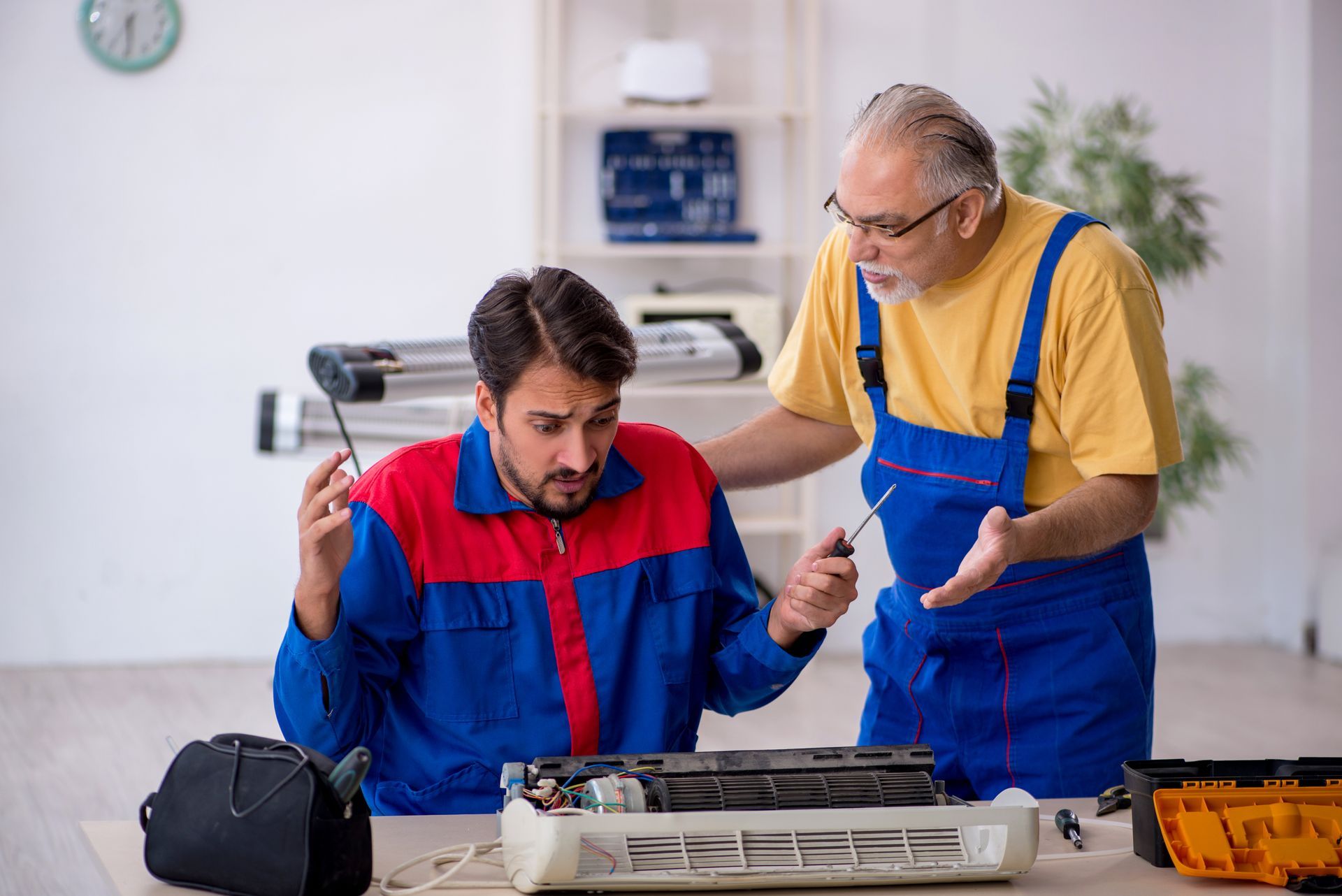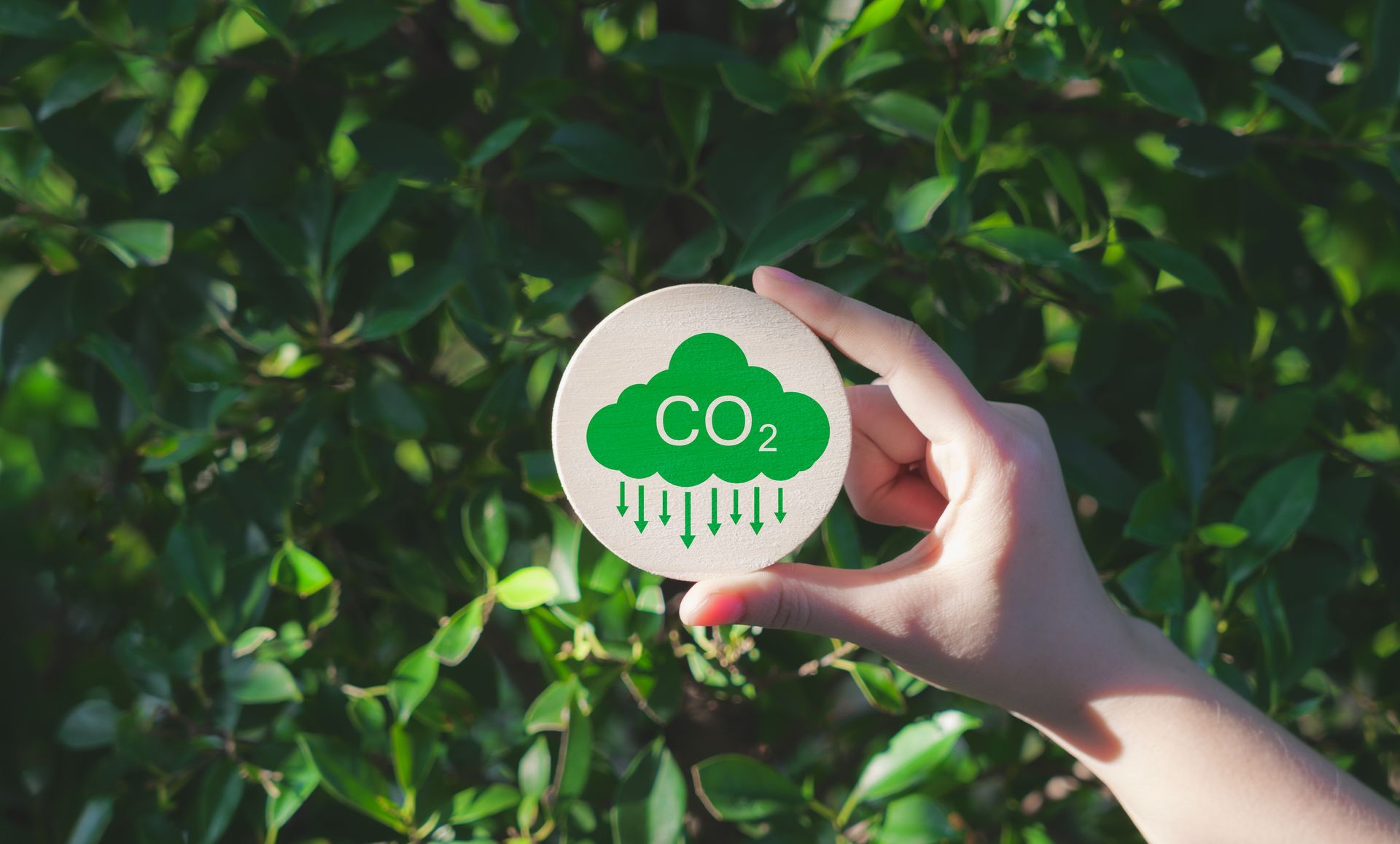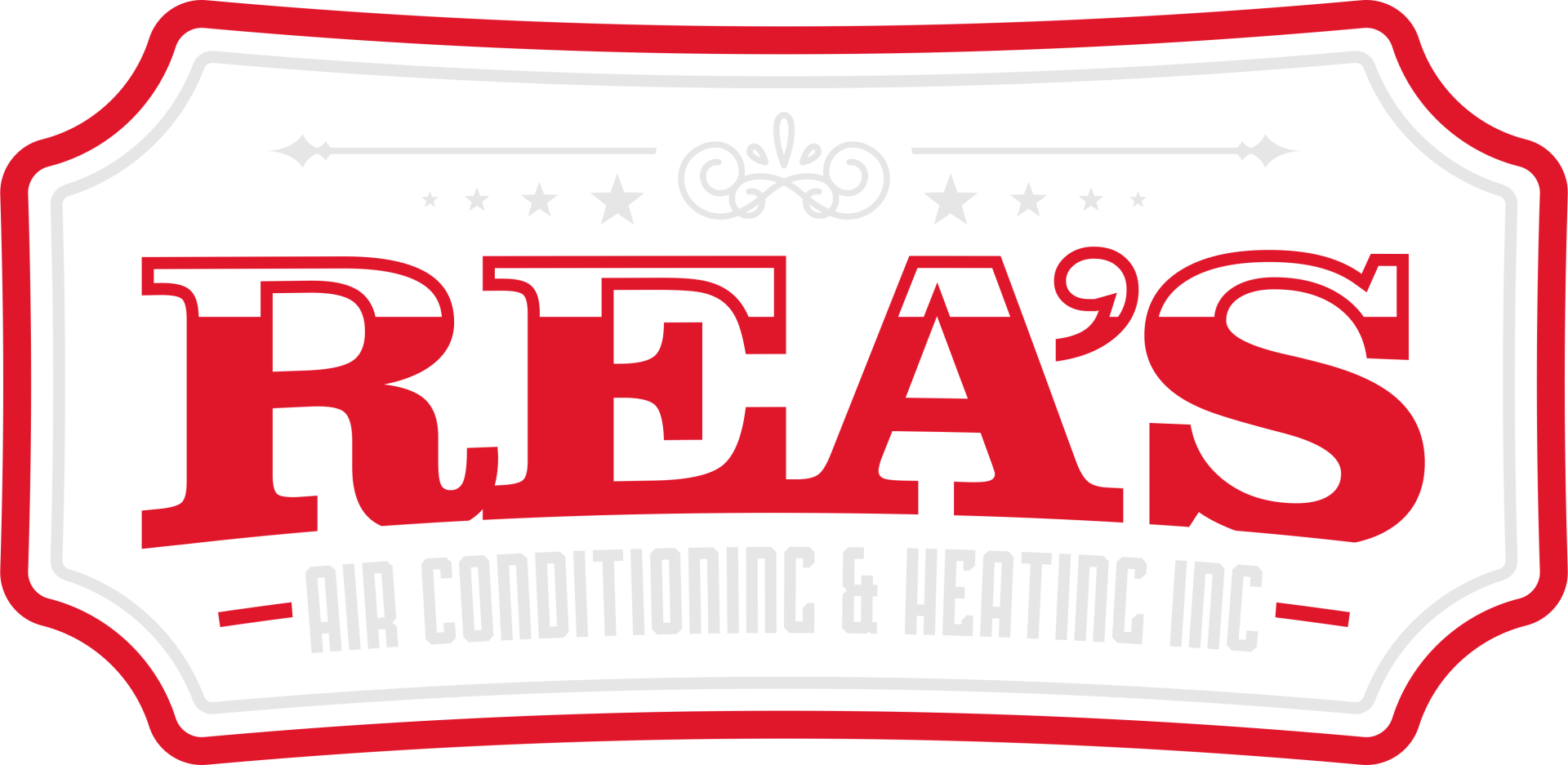Heat Pump vs. Furnace: Which Is Best for Your Climate?
Choosing the right heating system for your home is crucial for comfort, efficiency, and long-term savings. Two of the most common options are heat pumps and furnaces, but the best choice depends on your local climate. The decision isn't one-size-fits-all in San Diego, where the landscape varies from coastal regions to deserts and even mountains.
How Heat Pumps and Furnaces Work
Heat Pumps: All-in-One Heating and Cooling
A heat pump is a dual-purpose system that heats and cools your home by transferring heat rather than generating it. During the winter, it extracts heat from the outdoor air and moves it inside, and in the summer, it reverses the process to function as an air conditioner.
✅ Pros of Heat Pumps
- Energy-Efficient: Uses electricity to move heat instead of burning fuel.
- Lower Operating Costs: Uses less energy than gas furnaces in mild climates.
- Eco-Friendly: Reduces carbon emissions since it doesn’t rely on fossil fuels.
- Cooling and Heating in One: Eliminates the need for separate air conditioning.
❌ Cons of Heat Pumps
- Less Efficient in Cold Climates: Struggles to extract heat in freezing temperatures.
- Higher Upfront Cost: Can be more expensive to install than a furnace.
Furnaces: Reliable Heating for Colder Climates
A furnace generates heat by burning natural gas, propane, or heating oil (or using electricity in some models). It heats air and distributes it through ductwork to warm your home. Furnaces are better suited for areas with colder winters, where temperatures regularly drop below freezing.
✅ Pros of Furnaces
- Powerful Heating: Performs well in very cold weather.
- Lower Upfront Cost: Usually cheaper to install than a heat pump.
- Long Lifespan: Gas furnaces can last 15-20 years with proper maintenance.
❌ Cons of Furnaces
- Higher Energy Costs in Mild Climates: Gas furnaces can be overkill for areas with mild winters.
- Not Environmentally Friendly: Uses fossil fuels, contributing to carbon emissions.
- No Cooling Function: Requires a separate air conditioner for summer.
Best Choice Based on Your Climate in San Diego
San Diego County has diverse microclimates, so choosing between a heat pump and a furnace depends on where you live.
Coastal San Diego (Mild & Humid)
💡 Best Choice: Heat Pump
- Coastal areas like La Jolla, Del Mar, and Encinitas have mild winters and cool summers, making a heat pump the most energy-efficient option.
- Since temperatures rarely drop below freezing, a heat pump can provide sufficient warmth even on chilly nights.
- Bonus: It also works as an air conditioner during warm summer days, making it a cost-effective year-round solution.
Inland/Desert Areas (Hot Summers, Mild Winters)
💡 Best Choice: Heat Pump
- Cities like Escondido, Poway, and El Cajon experience hot summers and mild winters, meaning a heat pump is ideal for efficient cooling and adequate heating without the need for a powerful furnace.
- Since desert nights can get chilly, a heat pump will still provide comfortable heating without using excessive energy.
- Alternative Option: If your winters are particularly cold, consider a dual-fuel system, which pairs a heat pump with a backup furnace for extra warmth when needed.
Mountain Areas (Cold Winters, Occasional Snow)
💡 Best Choice: Furnace
- Mountain communities like Julian, Pine Valley, and Mount Laguna experience much colder winters, often dropping below freezing. A furnace is the best option for these areas, as heat pumps become inefficient when outdoor temperatures get too low.
- Since temperatures can drop into the 20s or lower, a gas or propane furnace ensures reliable heating regardless of the weather.
- Alternative Option: A dual-fuel system with a heat pump and a backup furnace can offer year-round efficiency. The heat pump is used for mild weather, and the furnace is used for extreme cold.
Comparing Costs: Heat Pump vs. Furnace
Long-Term Savings
- If you live near the coast or in inland areas with mild winters, a heat pump can save you money on heating and cooling costs.
- If you live in the mountains, investing in a high-efficiency gas furnace can be the better long-term choice, as heat pumps will struggle in extremely low temperatures.
Final Verdict: Which One Should You Choose?
✔️ Choose a Heat Pump If:
- You live near the coast or in a desert area where winters are mild.
- You want lower energy bills and a more eco-friendly heating system.
- You like the idea of one system that handles both heating and cooling.
✔️ Choose a Furnace If:
- You live in the mountains or anywhere with cold winters where temperatures frequently drop below freezing.
- You want powerful, consistent heating regardless of outside temperatures.
- Your home already has natural gas hookups, making installation more affordable.
Considering a Hybrid Solution?
If you’re on the fence, a dual-fuel system combines the benefits of a heat pump and a furnace. This setup allows the heat pump to handle most of the heating (and all of the cooling), while the furnace kicks in only when necessary. This is a great energy-efficient solution for homes in variable climates like San Diego’s inland and mountain regions.
Conclusion
When deciding between a heat pump and a furnace, your climate plays the biggest role in determining which system will provide the best comfort and efficiency.
- For coastal and desert areas, a heat pump is the clear winner.
- For mountain areas, a gas furnace is the more reliable option.
- A dual-fuel system provides the best of both worlds for areas with mixed climates.
Investing in the right HVAC system will maximize efficiency, lower energy costs, and keep your home comfortable year-round. If you're unsure which system is best for your home, consulting an HVAC professional like Rhea’s HVAC can help you make the right choice.






